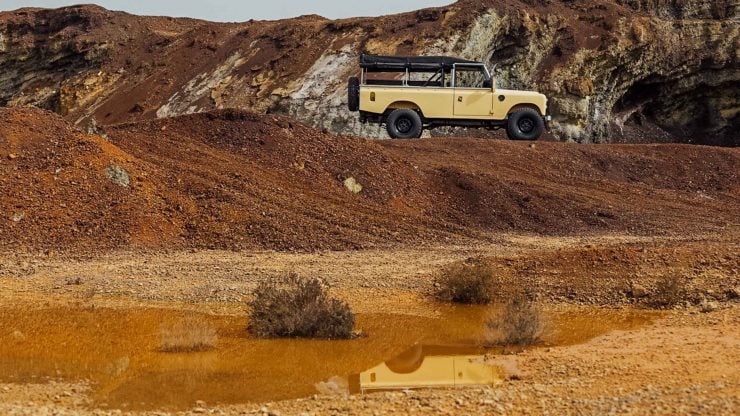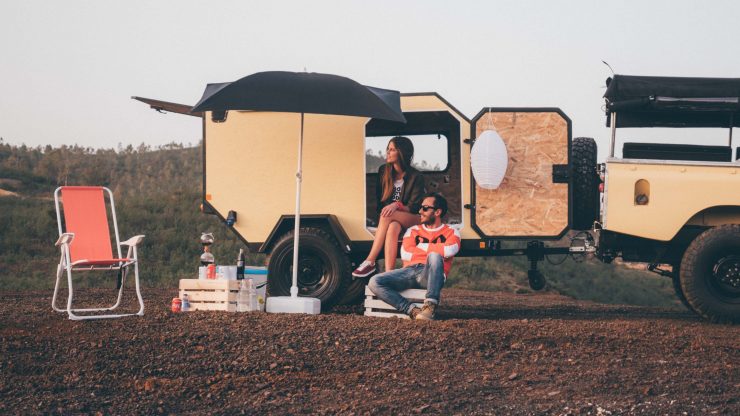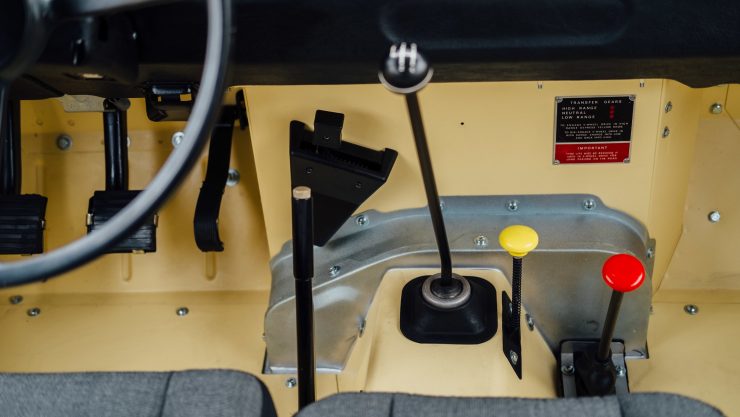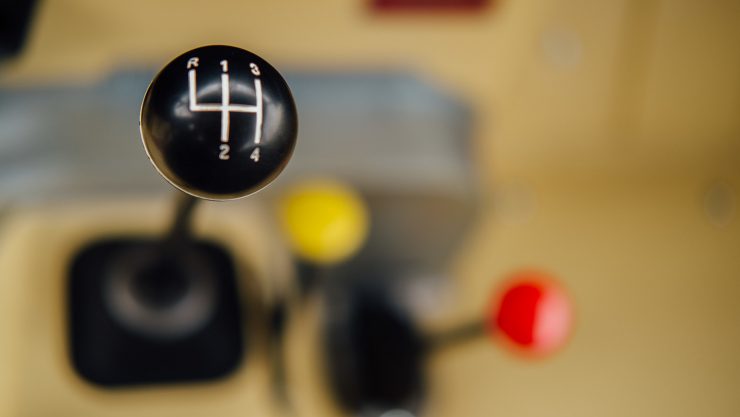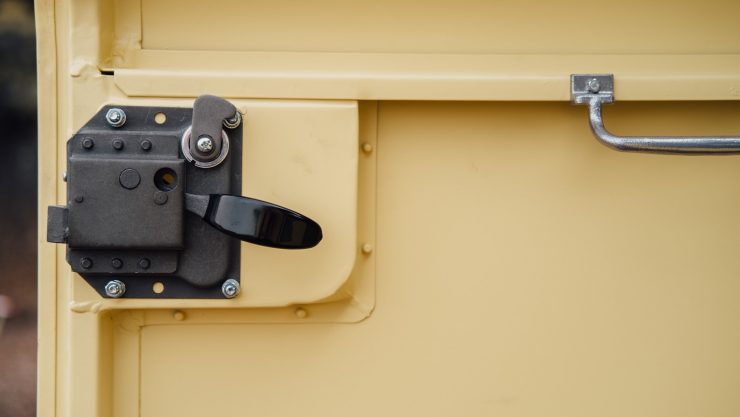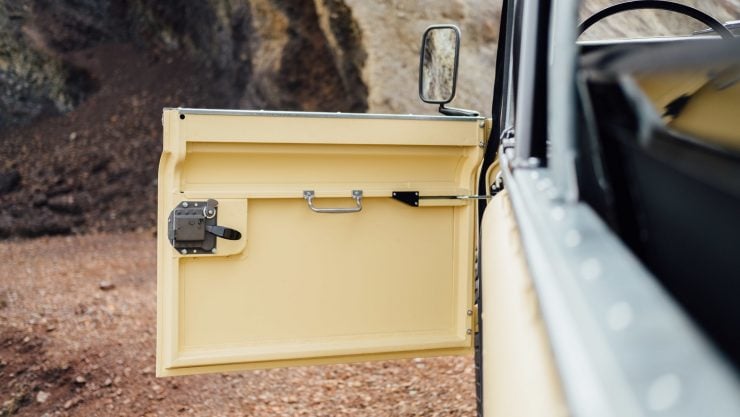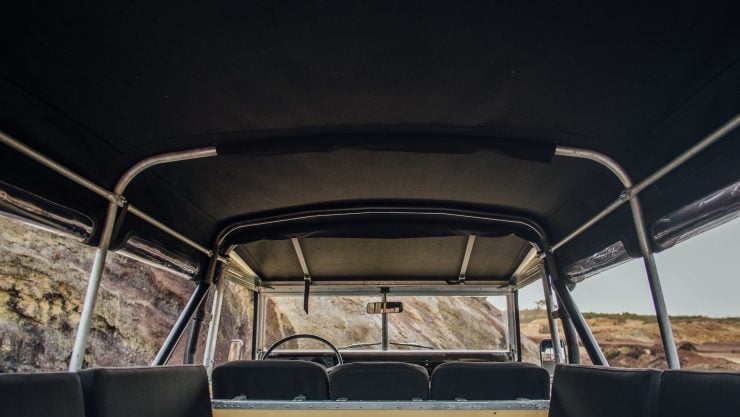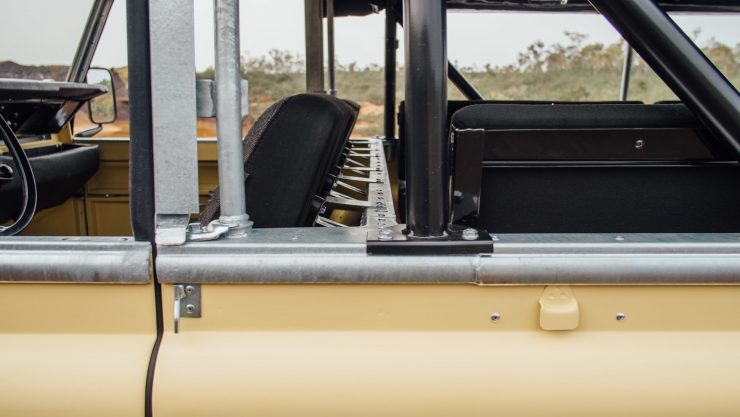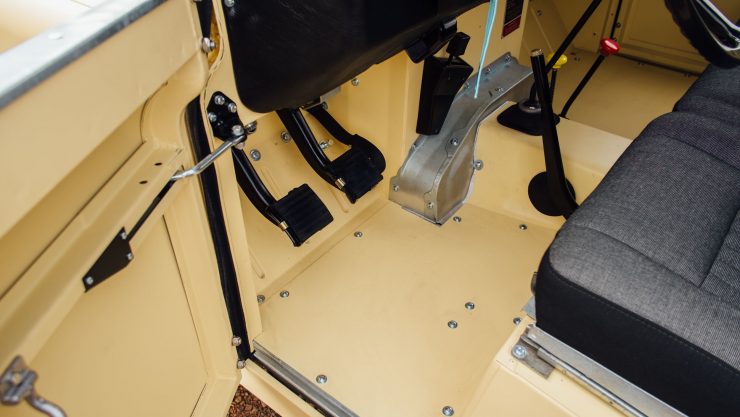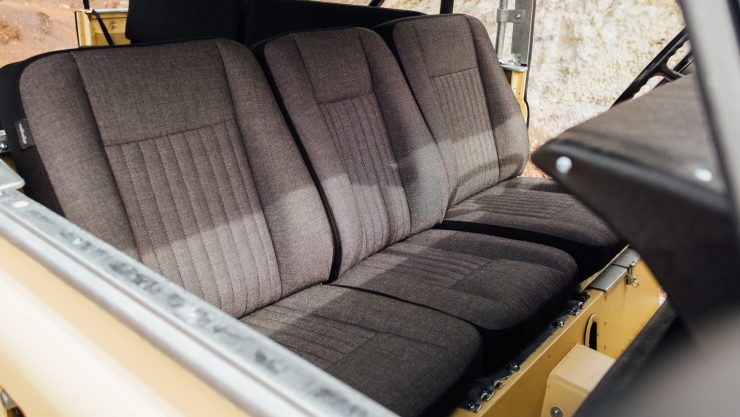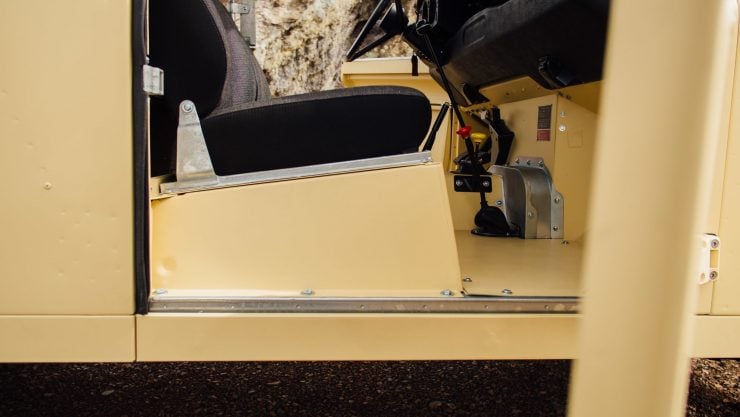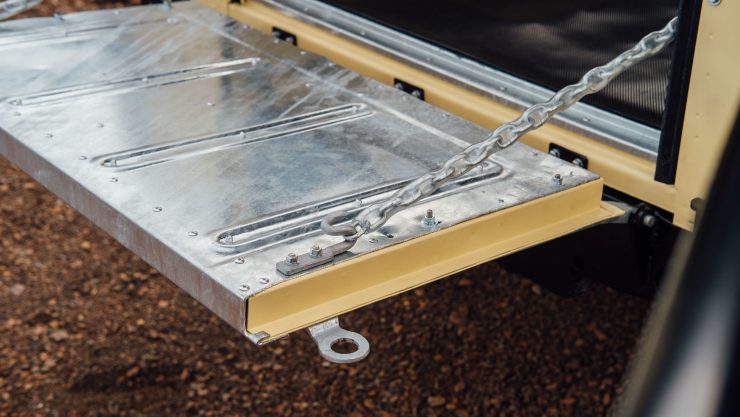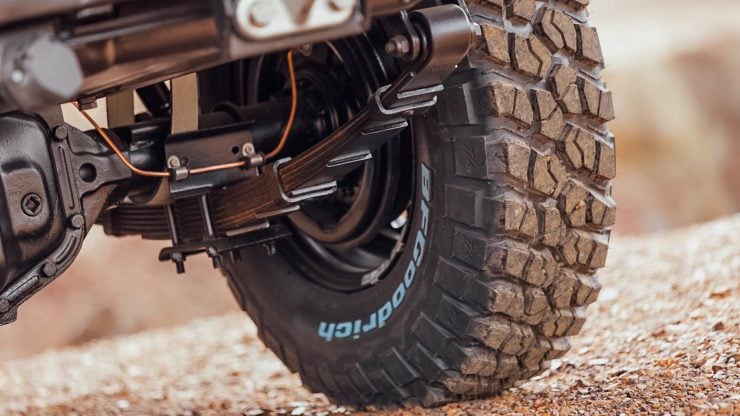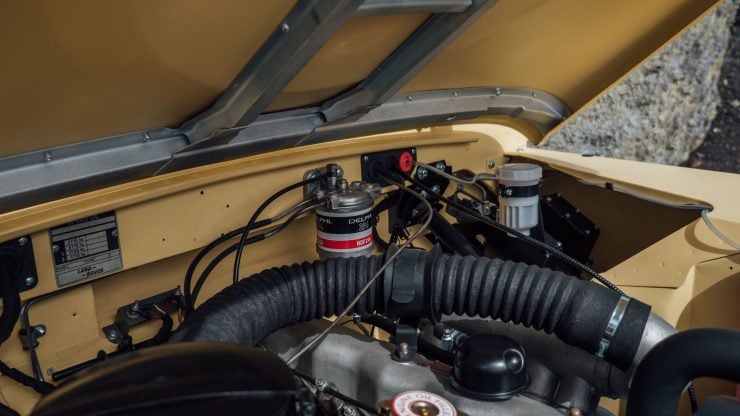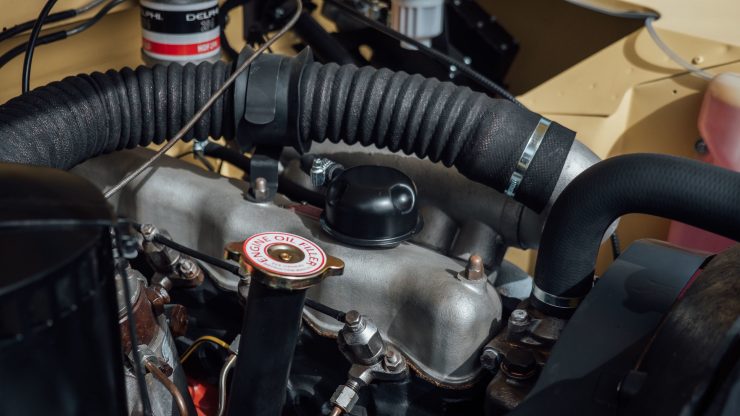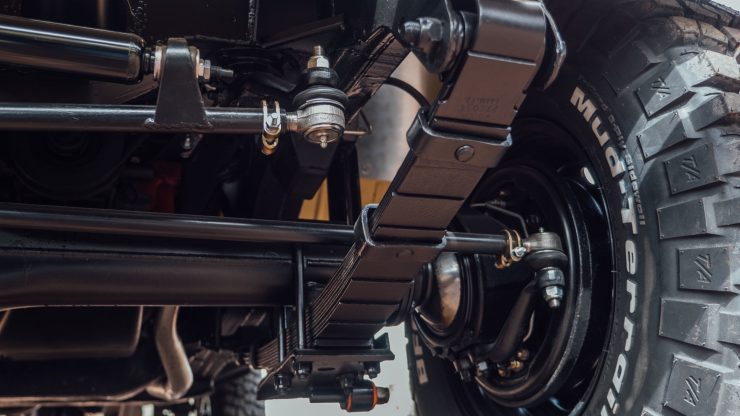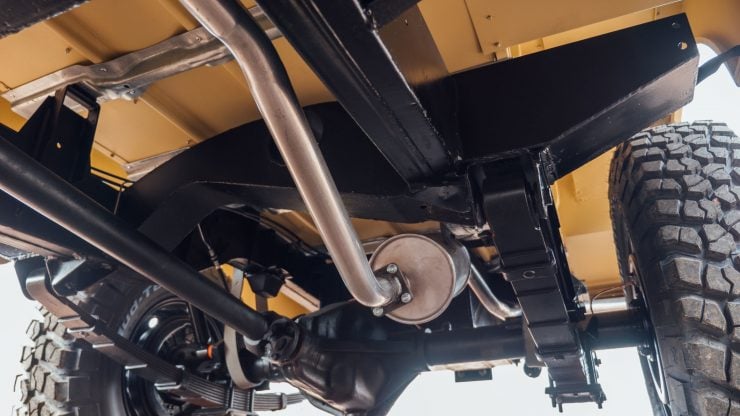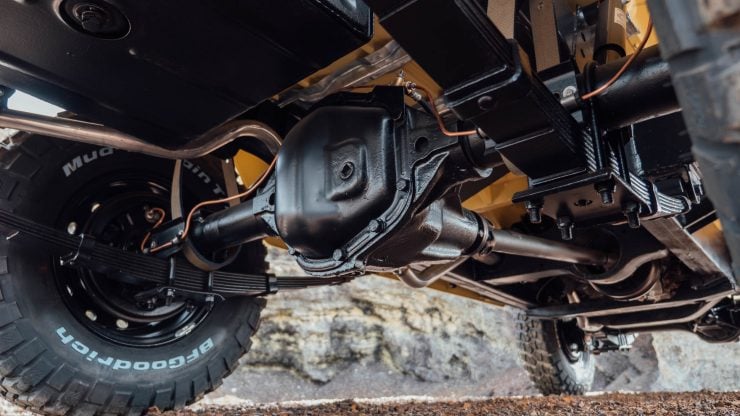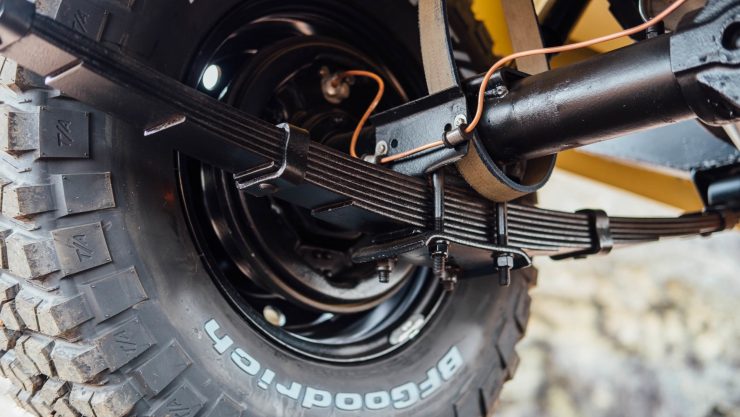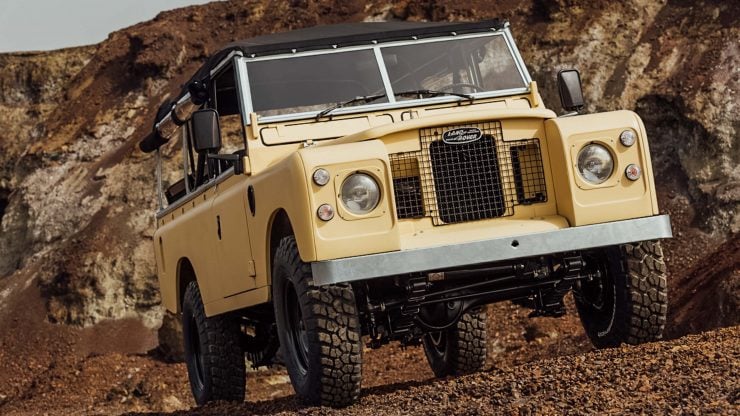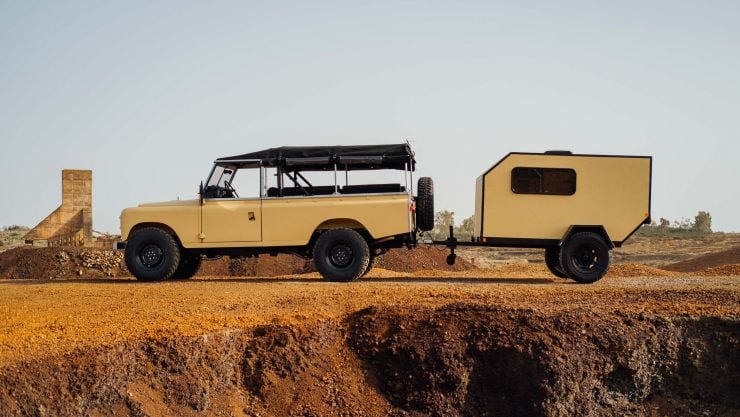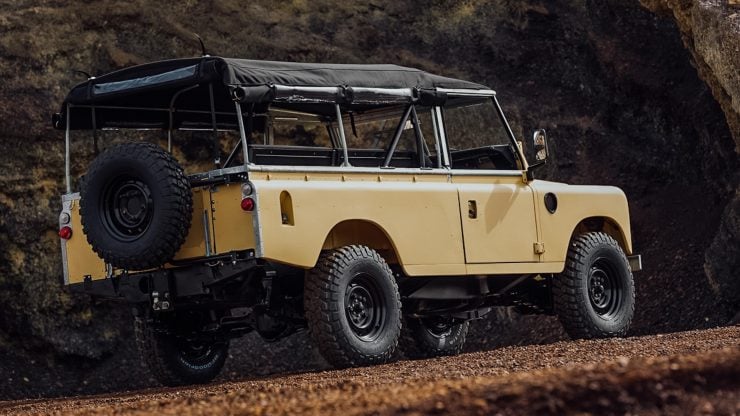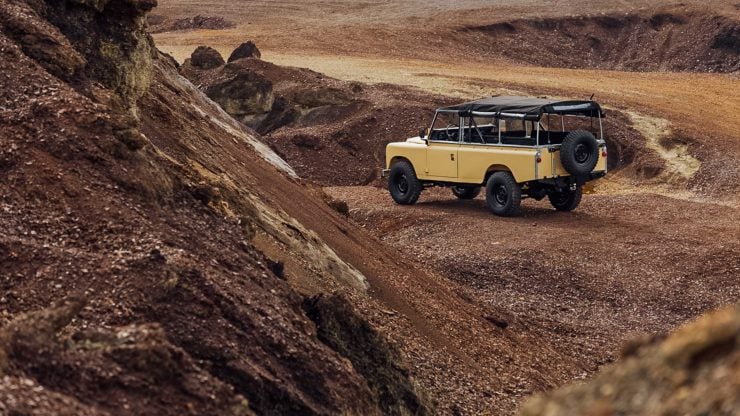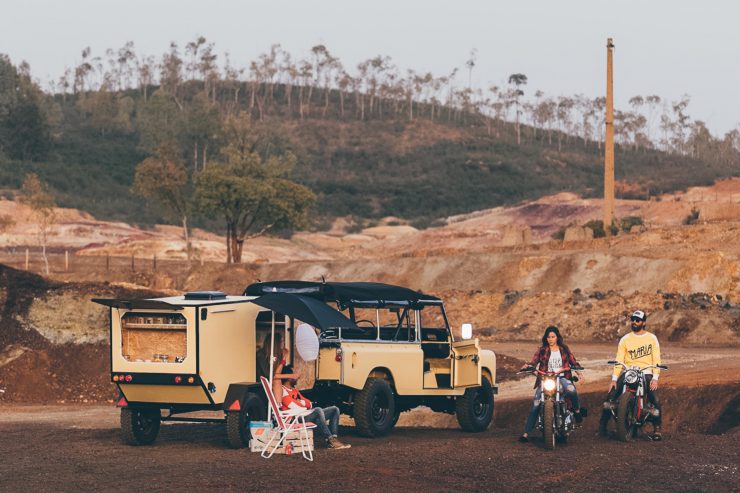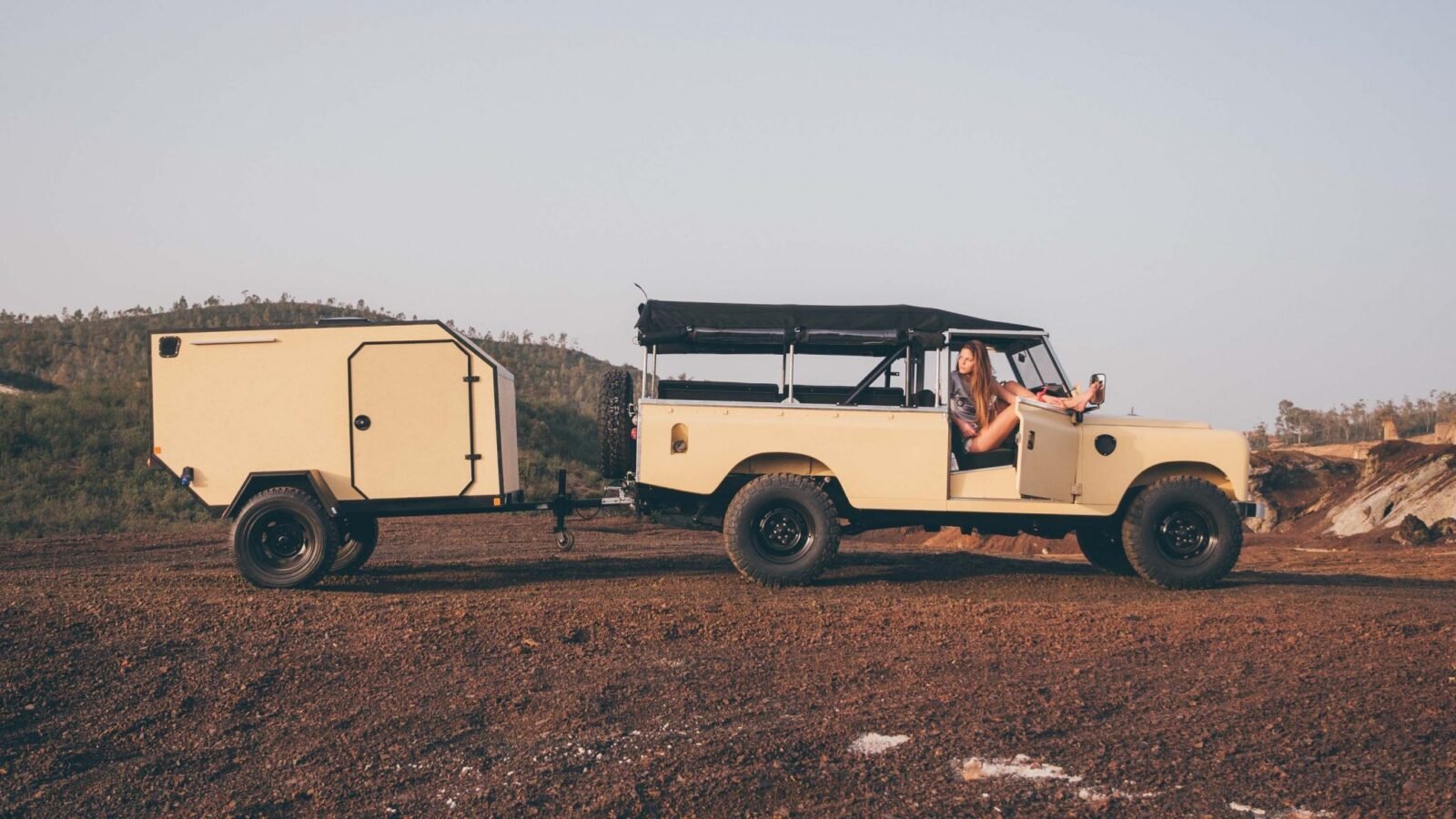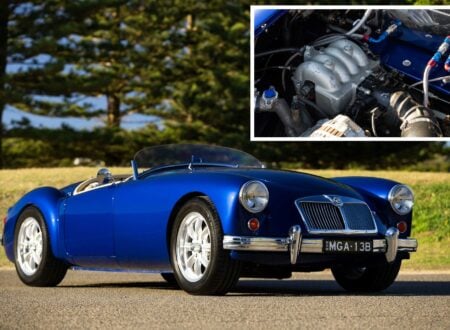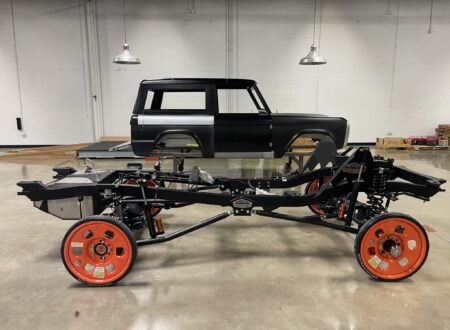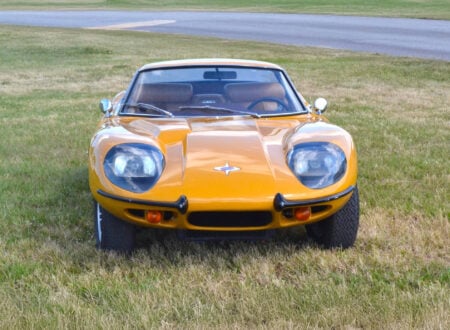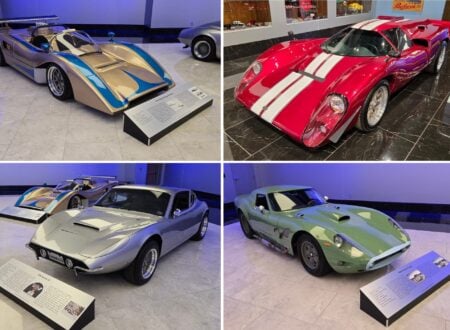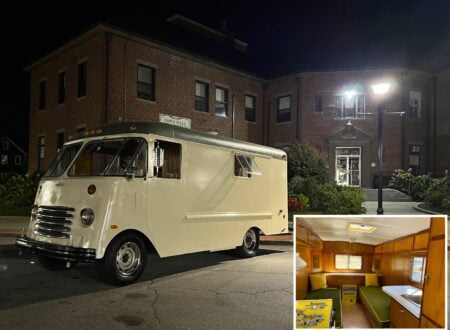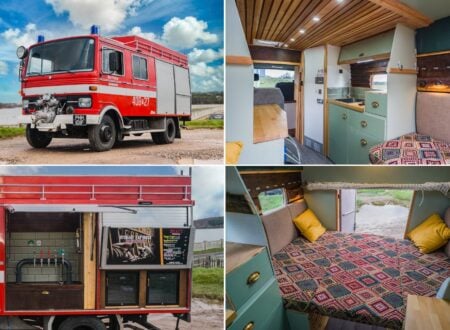The Land Rover first appeared in the years just after WWII, resources were strictly rationed in the United Kingdom and practicality was cherished above all else. The initial concept was to take the best elements of a tractor and blend them with the best elements of the Jeep – creating a vehicle that could be used on the farm all week, then hosed off and used to drive the wife into town for church on Sunday morning.
The First Land Rover
The usefulness of the farm tractor was well understood, and the Jeep had become an icon during the war for its toughness and ability to go anywhere. The idea of creating the first Land Rover is credited to Maurice Wilks, he was Rover’s chief designer, and at the time he was the owner of an army surplus Jeep bought after the cessation of hostilities in 1945. He used his Jeep on his farm in North Wales, and he quickly realised how useful it would be with a tractor-like power take-off system to power farm machinery.
The first prototype of the Land Rover had the steering wheel in the centre, it had the engine and transmission from a Rover P3 passenger car, the chassis of the Jeep, and a body made from military surplus Birmabright aluminium alloy. The only suitable paint was military surplus aircraft cockpit paint – so all of the first batch of cars were various shades of green.
The next generation of prototypes had the steering wheel to the side, with a new chassis made from steel lengths welded together at the edges to create a box-section. It had initially been proposed to only build the Land Rover for a few years to generate some much needed cash flow, but once the production of the other Rover cars was restarted the bean-counters quickly realised that the new Land Rover was outselling every other model by a significant margin.

The Land Rover Series III LWB
The Series I Land Rover would remain in production from 1948 till 1958, when it was replaced with the slightly larger and more refined Series II, and the Series II would be usurped by the Series IIA after just 4 years. The popular Series IIA was built from 1961 till 1971, when it was replaced by the most popular Series Land Rover of them all – the Series III.
Over the course of its 1971 to 1985 production run, Land Rover would build almost half a million Series IIIs. The two main wheelbases offered are known now as SWB and LWB – standing for short wheelbase and long wheelbase respectively. A variety of engines were offered, from the 2.25 litre petrol and 2.25 litre diesel, right through to the 3.5 litre petrol V8 engine.
Engines were mated to the the all-syncromesh 4-speed gearbox, with was paired with the 2-speed transfer case for high and low range. Either two-wheel drive or four-wheel drive could be selected, and it was generally advised to keep it in two-wheel drive to improve fuel economy and reduce drivetrain wear and tear.
The Series III LWB Shown Here
Today, collector interest in Land Rovers is surging. Restored examples that retain their original engine and drivetrain are by far the most valuable – as many underwent engine swaps over the years to increase power. The nut-and-bolt restoration on the Land Rover you see here has been extensive, it was fully disassembled and each part was brought back to better than original condition – or as is the case with the leaf springs, swapped out for higher performing modern units.
The box-section chassis was all-original and rust free, so it was repainted and then paired with the original axles, engine, and gearbox. The bodywork has been comprehensively restored, and paired with new UV-resistant seats, and a custom black mohair soft top. It now sits on heavy duty steel wheels and BF Goodrich Mud Terrain tires, and it’s powered by its original, rebuilt, 2.25 litre diesel engine.
If you’d like to read more about the Series III or enquire after buying it you can click here to visit Cool ‘n Vintage.

